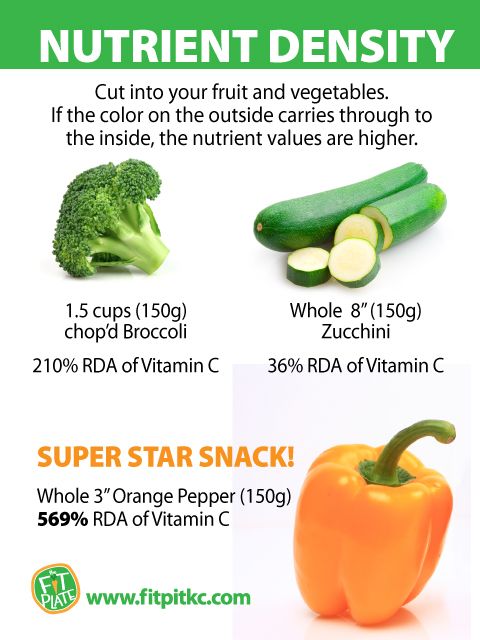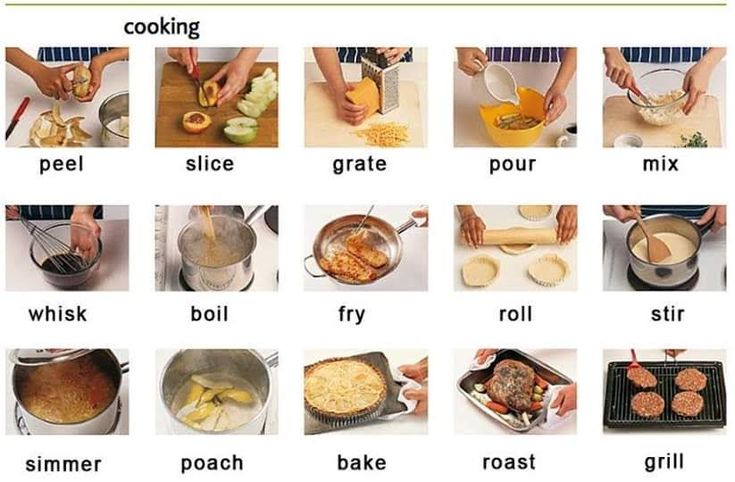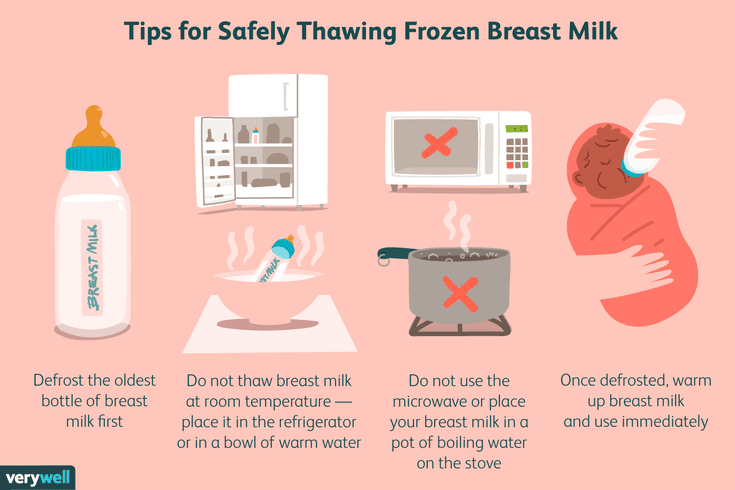Nutrient dense foods for babies
High Calorie Diet for Infants and Toddlers | Health and Nutrition Facts for You | Patients & Families
Some infants and toddlers need to eat a high calorie diet to gain weight. This can be hard to do because they have tiny tummies. This handout will give you some ideas for high calorie foods to try, as well as items to add to foods that will boost the calorie content.
There is no perfect order for introducing solid foods. Parents often offer single grain, iron fortified cereals as the first food. This is not required. Pureed meats are a good first food because they are higher in calories, protein, iron, and zinc than many other choices.
Add new foods into your child’s diet one at a time. Wait 3 days before adding another food. Watch for signs or symptoms of a food allergy. If there is not a family history of food allergies and your child does not have eczema, you may start peanut butter, nut butters, eggs, and fish along with other solids. Delaying these foods can increase food allergies.
If your child needs to be on high calorie fortified infant formula or breast milk, please talk to your health care provider first. You should be taught about the right recipe. This is to prevent an excess intake of nutrients to prevent constipation and dehydration.
Try thinning with formula, broth, or breast milk when you first offer these foods.
Avocadoes (pureed)
Beans – black, navy, red, pinto, kidney, white (cooked and mashed)
Eggs (mash the yolk)
Bananas
Mangoes
Lentils (cooked and mashed)
Fresh ground meats (dark meat poultry, beef, lamb, pork)
Whole milk yogurt
Full fat cottage cheese (4% fat – may need to puree or try small curd)
Mashed sweet potatoes
Mashed potatoes
Mashed squash (acorn, butternut)
Peanut butter or nut butter (thinning will reduce stickiness)
Goat cheese
Cooked quinoa or buckwheat (soft grains that are higher in calories)
Sweet potato fries
Mozzarella balls
Cheese curds
Homemade cheese crackers or cheese puffs (see recipe)
Diced summer sausage
Dried fruit
Mini quiche
Hard boiled eggs
Frosted wheat biscuits
Diced grilled cheese sandwich
Homemade pancakes, waffles, and French toast sticks
Peanut butter balls (see recipe)
Sugar plums (see recipe)
You can add these items to pureed and mashed baby food, yogurt, cereals, and eggs. Start with 1/2 teaspoon for every ¼ cup and work up from there. Discuss with your provider.
Start with 1/2 teaspoon for every ¼ cup and work up from there. Discuss with your provider.
Oils (canola, safflower, flaxseed, walnut, and sunflower are good sources of essential fats)
Butter
Ground flaxseed
Ground chia seeds
Heavy cream
Cheese
Dry milk powder
Sour cream
Cream cheese
Maple syrup
Wheat germ
Make your own baby food. Although this requires extra work, it is often higher in calories. You could prepare all the food you will need a few times per month, put in ice cube trays, and keep in the freezer.
Talk to your daycare provider about adding extra calories to your child’s meals throughout the day.
Bring your own food to daycare.
Avoid giving more than 2 ounces of juice daily.
 Juice will fill your baby up without providing enough nutrition.
Juice will fill your baby up without providing enough nutrition.
Try putting foods into a mesh bag to allow our baby to enjoy them without the fear of choking.
Cheddar Cheese Puffs
These are a soft, high calorie snack.
1 cup flour
6 Tbsp butter, chilled and diced
2 tsp baking powder
1-3 Tbsp heavy cream
3 cups grated cheddar cheese
Preheat oven to 350 degrees. In a food processor or mixer, combine first 4 ingredients until crumbly. Add the cream gradually until a dough forms. Using a 1 teaspoon scoop form the dough into balls. Bake for 15 minutes or until golden brown.
These are easy to make and nutrient dense!
1/2 cup creamy peanut butter
2/3 cup shredded coconut
1/3 cup maple syrup
1/2 cup ground flaxseed meal
1 tsp vanilla extract
1/3 cup mini chocolate chips
1 cup old-fashioned oats (raw)
In a mixing bowl, stir together peanut butter, syrup and vanilla extract.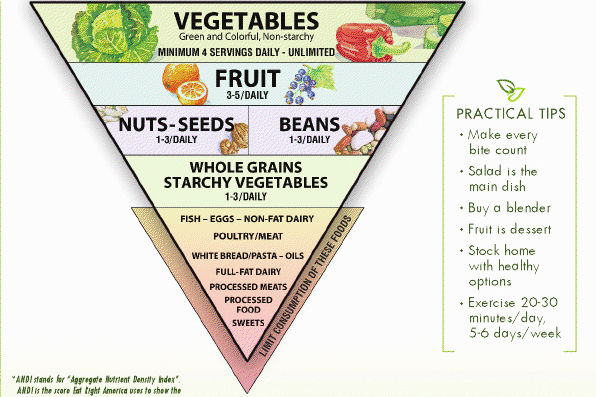 Add the rest of the ingredients and stir until coated. Transfer mixture to the fridge or freezer and chill until set. Remove from the fridge and shape into 1-inch balls. Store in the fridge in an airtight container.
Add the rest of the ingredients and stir until coated. Transfer mixture to the fridge or freezer and chill until set. Remove from the fridge and shape into 1-inch balls. Store in the fridge in an airtight container.
These are tasty, healthy, and great for little fingers.
3/4 cup nuts or seeds, toasted
1/2 teaspoon orange zest
1/2 cup dried plums (prunes)
1/4 cup maple syrup
1/2 cup dried apricots
1/2 teaspoon ground cinnamon
1/2 cup dried cranberries
1/4 teaspoon ground nutmeg
1/4 cup dried cherries
Put all ingredients in a food processor. Mix until smooth. Wearing gloves (or spraying hands with nonstick cooking spray), roll into 1-inch balls. Store in the fridge in an airtight container.
If you are a UW Health patient and have more questions, please call UW Health at one of the phone numbers listed below.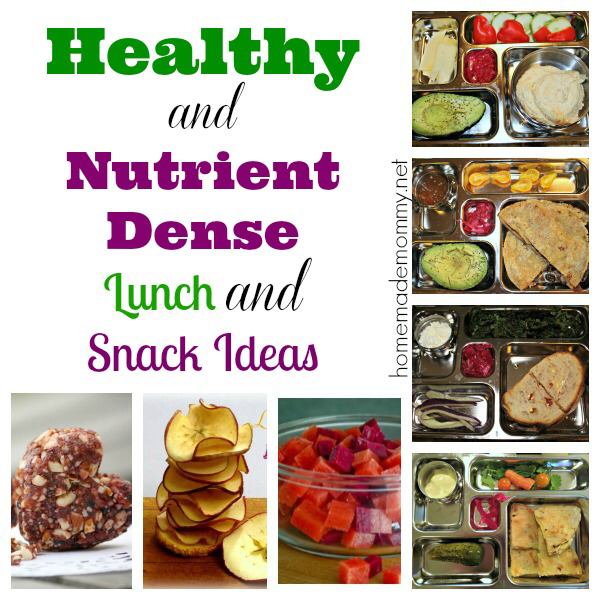 You can also visit our website at www.uwhealth.org/nutrition.
You can also visit our website at www.uwhealth.org/nutrition.
Nutrition clinics for UW Hospital and Clinics (UWHC) and American Family Children’s Hospital (AFCH) can be reached at: (608) 890-5500.
Nutrition clinics for UW Medical Foundation (UWMF) can be reached at: (608) 287-2770.
If you are a patient receiving care at UnityPoint – Meriter, Swedish American or a health system outside of UW Health, please use the phone numbers provided in your discharge instructions for any questions or concerns.
10 Nutrient Dense First Foods for Baby (BLW Style) Plus Tips on How to Introduce Them — The Wholistic OT
by Ashley Thurn in Childhood Nutrition, Healthy Kid Eats
If you read my post last week, you'll know I'm not too keen on purees and baby cereal as the first foods for baby. You can read more about why here if you missed it: First Foods For Baby: What Your Pediatrician Won't Tell You
The reason that this topic is so near and dear to my heart is that, in this country, 1 in 4 children suffer from a diagnosed feeding disorder. What this translates to in the developmentally delayed population, is that 80% of children with developmental delays (or 8 out of 10 on a typical occupational therapist or speech therapists caseload) have an eating disorder.
What this translates to in the developmentally delayed population, is that 80% of children with developmental delays (or 8 out of 10 on a typical occupational therapist or speech therapists caseload) have an eating disorder.
Many 1 year-olds I treat in the clinic don't display age-appropriate oral motor skills and lack the ability to chew. Babies should have the ability to chew a variety of different foods by the time they reach 11-15 months old.
The truth is that babies brains and bodies are growing by the minute in the first year of life and they need to be introduced to nutrient-dense, whole foods that are going to nourish their brains and set them up for healthy growth and development. They also need to be set up for a healthy relationship with food by having parents and family members act as positive role models surrounding the mealtime environment.
I truly feel there is a dissconect happening with the introduction foods in our country. I believe mothers need more guidance and support on what is nutritious to feed their infants and toddlers and how to do it.
I believe mothers need more guidance and support on what is nutritious to feed their infants and toddlers and how to do it.
That is why I have put together a list of 10 nutrient-dense foods that are a great starting point for your babies introduction to the food world. I am going to talk about the nourishing benefits of each food and also discuss how to introduce them baby led weaning style.
First, though, lets review a few talking points and terminology.
When To Start:
Most experts in feeding agree that food introduction should occur around 6 months of age. We now know through research that 4 months is too early for their developing digestive systems.
I recommend slowly introducing solids anywhere from 6-8 months of age while carefully watching for food reactions and sensitivities. From a developmental standpoint, it makes sense to begin introducing solids around 6 months, since this is when your child begins to sit unassisted, can maintain balance in a highchair and begins to develop their grasp.
All babies are different. Some may be ready just before 6 months, while others aren't ready until the end of their 8th month. Instead of age, I recommend looking for these signs to determine if your baby is ready for self-feeding: (1)
- Baby can sit unassisted in high chair (doesn't lean to one side)
- Baby displays adequate head control in sitting
- Baby has begun to grasp smaller items
- Baby is reaching for food from your plate or shows interest in participating in mealtime
- Baby aware of connection between mouth
- Baby enjoys exploring hands, fingers, toys and nonfood objects with mouth
- Adequate bowel/intestinal mobility
- Efficient coordination of lips, tongue, soft palate
- Can form and propel bolus safely (no choking/aspiration)
- Slow, deep regular breathing
- Normal tone of tongue, cheeks, lips
What is Baby Led Weaning:
First coined by Gill Rapley and Tracey Murkett in their book Baby-Led Weaning: The Essential Guide to Introducing Solid Foods, Baby-led weaning is an approach to introducing solid food where baby is allowed and encouraged to self-feed solid finger foods instead of receiving purées via spoon. The term weaning is confusing, so let me clarify. Baby led weaning is not really weaning babies off of breastmilk or formula, but rather weaning them (slowly exposing them to) onto solids. The idea is that, during this phase of food introduction, babies will naturally begin to decrease their milk consumption (in correlation to the amount of calories that are taken in via food).
The term weaning is confusing, so let me clarify. Baby led weaning is not really weaning babies off of breastmilk or formula, but rather weaning them (slowly exposing them to) onto solids. The idea is that, during this phase of food introduction, babies will naturally begin to decrease their milk consumption (in correlation to the amount of calories that are taken in via food).
Baby Led Weaning Babies:
- Are in control of their eating experiences. (Meaning they pick what, how much, and how quickly to eat, under the supervision of an adult)
- Are given the freedom to explore new tastes and textures with their hands and mouth.
- Are never pressured to finish or eat a certain amount of food.
- Are encouraged to join the family at mealtime and typically eat the same foods the family eats.
- Continue to nurse (or receive a bottle) just as often. Solids are to compliment milk, and baby is trusted to know when to increase solid feedings and decrease milk (usually later in the first year).

- "Solids" offered are not necessarily completely solid foods. Soft veggies and meats are good starter introductory foods.
- As the babies oral motor skills develop, a wider array of solids are offered.
- Are allowed to make a mess during mealtime.
I feel strongly that, if done safely and correctly, baby-led weaning is the best choice. Spoon feeding and long-term purees can cause delays in oral motor skill development and it takes away the babies innate desire for autonomy during mealtime. It has been my clinical experience that babies whose parents used more of a BLW approach develop more healthy relationships with mealtime and display less picky eating habits overall.
A Note on Food Allergies + Intolerance
Exclusively breastfeeding for atleast 6 months has been known to decrease incidence of food allergies. (See studies here or here) Even if the child is breastfed exclusively, it is important to monitor for symptoms of food allergies and intolerances very carefully and talk to your pediatrician about any concerns.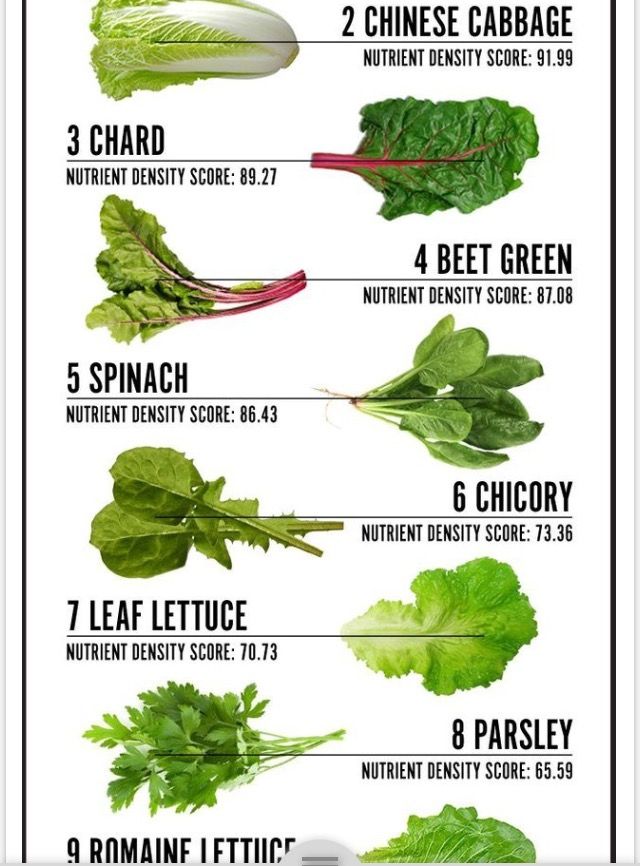
There is a big difference between a food allergy and a food intolerance. A food allergy is a total immune system reaction to a food that can be tested for via markers in the blood or stool. A food intolerance is an inflammatory response in the digestive system that occurs in a response to a food. Food allergies can be tested for, whereas food intolerances are only able to to be monitored via the observation of symptoms. Many children have food intolerances to wheat and dairy proteins but not a diagnosed food allergy that can be tested for.
Most Common Food Allergies:
- Milk
- Eggs
- Fish
- Wheat
- Peanut
- Soy
- Shellfish
- Tree nuts
Introducing these foods earlier rather than later, while carefully monitoring for immune or digestive responses, is best. Delaying the introduction of certain foods for longer actually increase the chance of food allergies (the early introduction, the better).
Common Symptoms of Food Intolerance or Allergy (1)
- Vomiting/Spitting up
- Diarrhea/Constipation/Bloating/Cramping
- Colic
- Bloody stools/mucous in stools
- URI
- Reactive Airway problems
- Skin rashes; eczema
- Facial Skin (puffiness, dark circles under eyes, red ears, red cheeks)
- Failure to Thrive
- Headaches
- Chronic sinus or ear infections
- Neurological symptoms (distractability, poor attention, hyperactivity, sleep disturbances)
Gagging vs. Aspiration
As a mother of two young children who was once terrified of choking, I can relate to the intense fear that surrounds food introduction and choking. I can now say I have mostly recovered from this fear through my own BLW experience.
The most important thing I want to point out is that there is a big difference between gagging and aspiration. Gagging or eliciting the gag-reflex is a normal, necessary component of learning how to chew.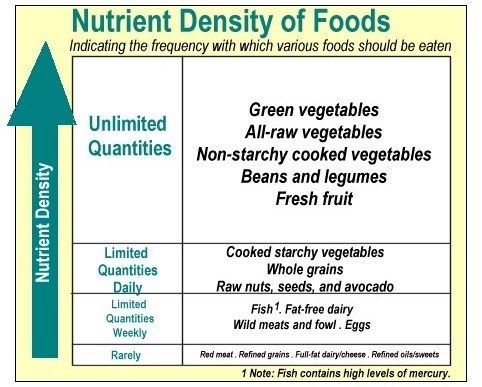 The gag-reflex is a wonderful protective mechanism by which the body (at the brainstem level) protects itself from true danger (aspiration) Believe it or not, babies are designed to gag on objects entering their mouth from the moment they exit the womb. The gag reflex is more sensitive in the first few months of life and slowly desensitizes and moves further to the back of their mouth as the baby enters into the first year of life.
The gag-reflex is a wonderful protective mechanism by which the body (at the brainstem level) protects itself from true danger (aspiration) Believe it or not, babies are designed to gag on objects entering their mouth from the moment they exit the womb. The gag reflex is more sensitive in the first few months of life and slowly desensitizes and moves further to the back of their mouth as the baby enters into the first year of life.
Aspiration, on the other hand, is when food enters the airway. It isn't always a life-threatening situation but it certainly can be. If you want to learn more about aspiration and gagging in babies I have linked two articles below that are very informative.
What You Need to Know About Your Baby Gagging By Your Kids Table
Aspiration in Babies and Children by Cedars Sinai
So here you go Mamas! I selected all my favorite toddler and infant whole foods that are high in calories, vitamins/minerals, protein and healthy fats, which growing brains and bodies thrive off of.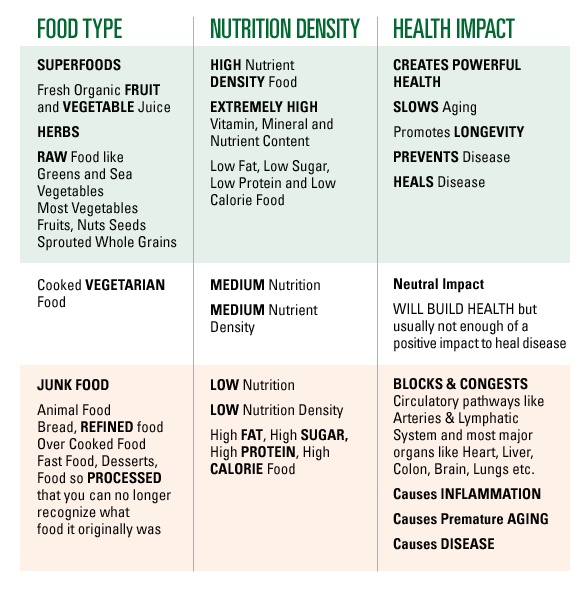 Do your best to stay clear of pre-packaged foods and anything labeled fat-free or low fat for babies. My hope is that you and your little one can enjoy learning the joys of healthy eating together!
Do your best to stay clear of pre-packaged foods and anything labeled fat-free or low fat for babies. My hope is that you and your little one can enjoy learning the joys of healthy eating together!
1. Wild Salmon:
Wild salmon is one of the most healthy foods to offer a baby, considering its abundant nutrient profile. A rich source of protein, omega-3 fatty acids, vitamins A, D, Bs, selenium, zinc, phosphorus, calcium and iron. Health benefits include heart health, cancer prevention,brain health and cognitive function, bone and joint protection, healthy skin and eyes. (2)
- BLW idea: Prepare baked salmon and gently fork smash a portion; place it on babies food tray for baby to self-feed with fingers (or a fork if they're skilled enough)
2. Avocado:
Avocados are a rich source of vitamins and minerals including calcium, iron, magnesium, potassium, copper, manganese, phosphorus, zinc, vitamin C, B6, B12, A, D K E, thiamin, riboflavin, potassium and niacin. (3) They are also a great source of healthy fats (a whopping 22.5 grams per medium hass) and nutritional fiber. They have been known to aide in digestion, support healthy skin and hair, support healthy liver functioning, are good for the kidneys, eyes and heart and have anti-cancer and anti-oxidant properties. (3)
(3) They are also a great source of healthy fats (a whopping 22.5 grams per medium hass) and nutritional fiber. They have been known to aide in digestion, support healthy skin and hair, support healthy liver functioning, are good for the kidneys, eyes and heart and have anti-cancer and anti-oxidant properties. (3)
- BLW idea: Cut avocado in half and remove the seed. Then cut the avocado in half one more time lengthwise. Offer to baby this way; they should be able to maintain gasp of it while self-feeding.
3. Egg Yolk:
Eggs are rich in protein and contain significant levels of vitamin A, B-complex vitamins, vitamin D, E and K as well as phosphorous, selenium, calcium and zinc. (4) Furthermore, eggs also have various key organic compounds, such as omega-3s, antioxidants and protein. (4) I like to offer the more caloric and nutrient dense portion of the egg, the yolk to babies due to their higher fat content.
- BLW idea: Prepare yolk by pan frying or boiling for a minute or so in water so that it is par-cooked.
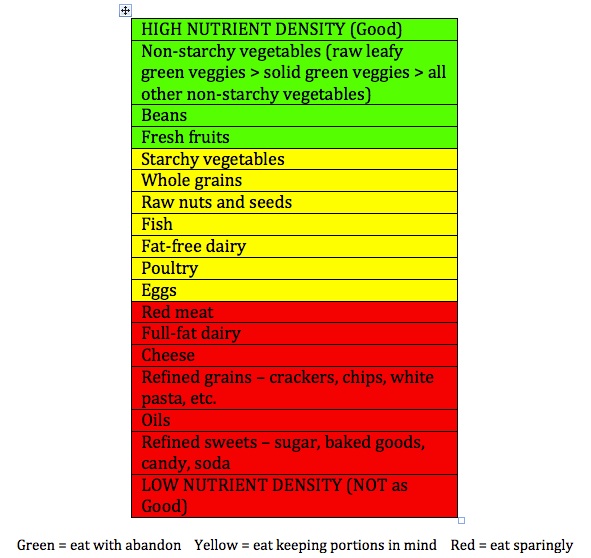 If it is formed, you can offer the yolk to baby whole (gently fork smashed). If it is less-formed or runny, you can offer it on a spoon with assistance or by dipping it in for them and offering the baby the spoon. Two to three yolks with some veggies or fruit is a great way to start the day for breakfast.
If it is formed, you can offer the yolk to baby whole (gently fork smashed). If it is less-formed or runny, you can offer it on a spoon with assistance or by dipping it in for them and offering the baby the spoon. Two to three yolks with some veggies or fruit is a great way to start the day for breakfast.
4. Cooked Spinach:
The various health benefits of spinach are due to the presence of minerals, vitamins, pigments, and phytonutrients, including folate, vitamin A, niacin, Vitamin B6, vitamin C, vitamin K, potassium, manganese, zinc, magnesium, iron and calcium. (5) Spinach is high in insoluble fiber, which can aid in healthy digestion. Spinach is known for its benefits to the eyes and the heart and has anti-cancer and anti-oxidant properties as well.
- BLW idea: Cooked spinach is easy to offer as a side to any meal; breakfast lunch or dinner. Cook it with butter or ghee in a pan until soft and flavor it as you wish (onion powder, garlic powder or a pinch of sea salt)
5. Bone Broth:
Bone Broth:
Bone broth is great for the digestive system, the hair and skin and is a powerful defense against colds/flu to bulk up the babies immune system. It is an abundance source of essential amino acids and other nutrients like calcium and magnesium. You can click here to learn about the healing power of bone broth.
- BLW idea: You can offer home-made bone or store bought warmed in an open cup (baby will need assistance at first) or you can offer home-made chicken soup with all soft veggies. Babies need assistance from the parent for soups. Here is an easy recipe to follow for DIY bone broth/chicken soup.
6. Wild Blueberries:
Blueberries are packed with phytonutrients and antioxidants. In fact, wild blueberries have a higher antioxidant content than almost any other food! They have been known to protect neurons in the brain and even help repair any tissue damage to the brain and CNS. Their other health benefits include the ability to strengthen bones, lower blood pressure, prevent cancer, decrease inflammation, control diabetes and improve heart health. (6) Blueberries are a rich source of vitamin C, vitamin K, vitamin B6, folate, potassium, copper and manganese. (6)
(6) Blueberries are a rich source of vitamin C, vitamin K, vitamin B6, folate, potassium, copper and manganese. (6)
- BLW idea: My favorite way to offer blueberries is to wash them first and then smash them onto babies tray (you can use your finger). After several weeks of eating them this way, baby should be able to manage a whole blueberry without choking. Blackberries and raspberries are also good choices that you can offer in the same way.
7. Banana:
Believe it or not, the tried and true kid favorite, the banana is actually very nutrient dense! One serving or 126 grams of banana contains 110 calories and 30 grams of carbohydrates. (7) They are a rich source of potassium and dietary fiber. (7) Their impressive nutritional content includes vitamins and minerals like vitamin C, B6, riboflavin, folate, phosphorus, calcium, manganese, magnesium and copper (7)
- BLW idea: Simply cut the banana in half and offer it to them whole. The introduction of the whole food to the front of their mouth is natural.
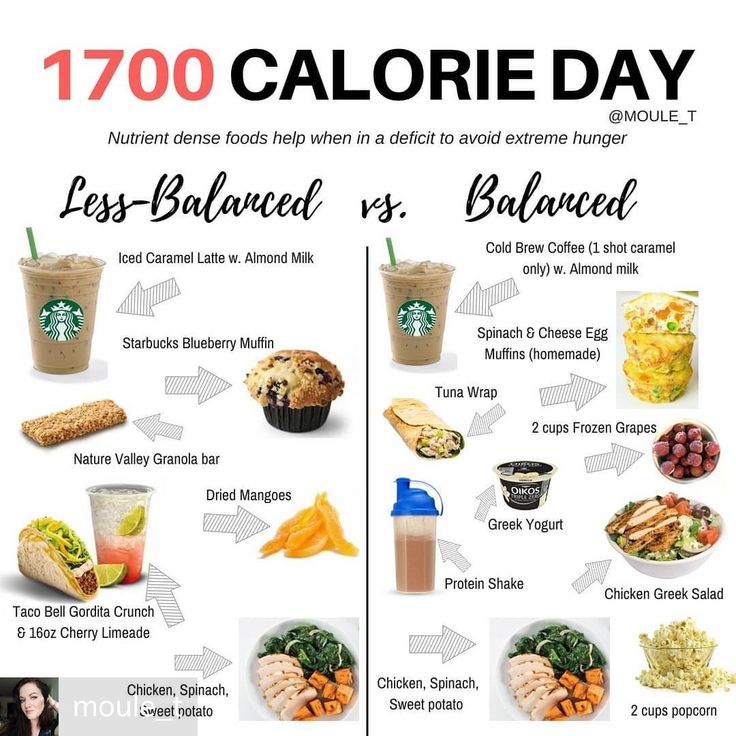 Once baby takes a small bite, they will begin to move it from the front of their mouth into the side gums (or molars) to smush it before swallowing.
Once baby takes a small bite, they will begin to move it from the front of their mouth into the side gums (or molars) to smush it before swallowing.
8. Broccoli:
Broccoli has a wide variety of health benefits, including its ability to prevent cancer, improve digestion, lower cholesterol levels detoxify the body, boost the immune system, protect the skin, eliminates inflammation, improve vision and maximize vitamin and mineral uptake (8) Broccoli is highly rich in dietary fiber, contains healthy omega-3 fatty acids and contains vitamin A, beta carotene, vitamin B6, folate, vitamin C, vitamin E, vitamin B1, vitamin K, calcium, iron, magnesium, zinc, sodium, potassium, selenium, chromium, choline, manganese and phosphorus. (8)
- BLW idea: Steam broccoli until soft (or fork tender if you prefer softer). Cover with a topping of grass-fed ghee, butter or olive oil. If offering florets whole, offer the larger ones (smaller florets can be a choking hazard if the baby places the whole floret in their mouth).
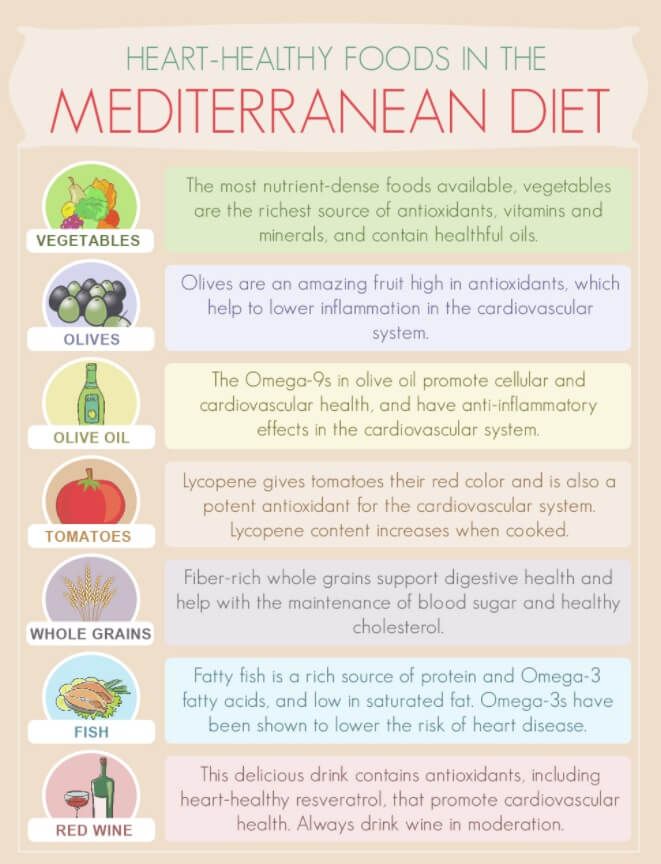 If fork tender, you can mash with some butter and a pinch of salt on babies high chair tray.
If fork tender, you can mash with some butter and a pinch of salt on babies high chair tray.
9. Grass-fed beef and liver:
Beginning around the age of 6 months, breast milk iron supplies begin to decline in the breastfeeding mother. Your pediatrician may start checking for iron deficiencies and asking about iron supplementation around 12 months. The idea that meat shouldn’t be introduced until later is an outdated way of thinking. Babies bodies and brains are craving the nutritional value of iron. Yes, you can get iron from non-animal protein sources like through raisins, spinach and cereals that have added iron. However, heme-iron is much more easily assembled and absorbed than non-heme (plant based) iron sources.
Believe it or not, liver (that is locally sourced and grass-fed) is one of the most nutrient dense foods you can offer your baby. If you don't believe me, check out this nutritional chart from Chris Kresser's website that compares the nutritional value of liver to other foods.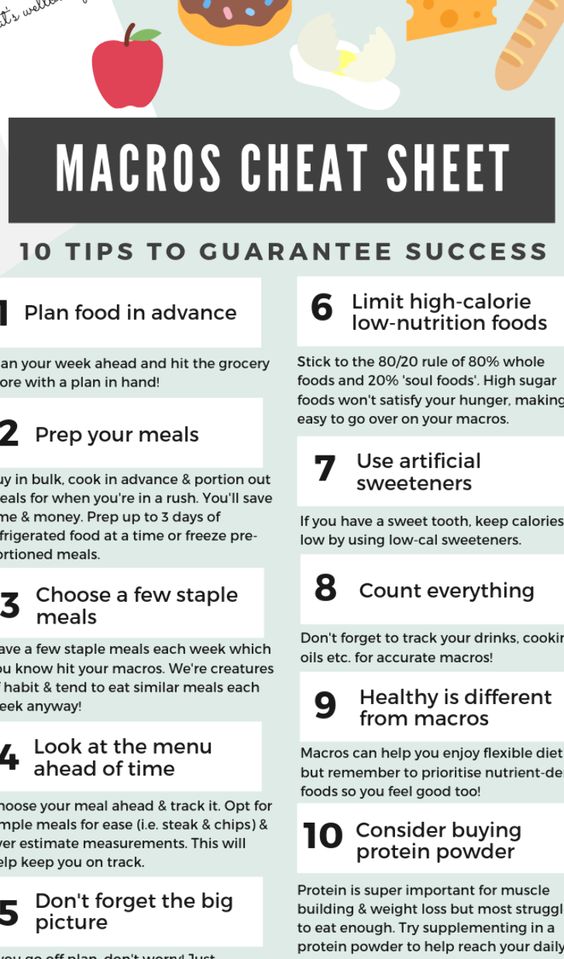
So what makes liver so incredibly nutrient dense? Quite simply, it contains more nutrients, gram for gram, than any other food. In summary, liver provides: (9)
- An excellent source of high-quality protein
- Nature’s most concentrated source of vitamin A
- All the B vitamins in abundance, particularly vitamin B12
- One of our best sources of folic acid
- A highly usable form of iron
- Trace elements such as copper, zinc and chromium; liver is our best source of copper
- An unidentified anti-fatigue factor
- CoQ10, a nutrient that is especially important for cardio-vascular function
- A good source of purines, nitrogen-containing compounds that serve as precursors for DNA and RNA.
(9)
- BLW idea: For beef, I usually only offer pot-roast style (slow cooker tender) at first. Fork smash and offer dime size pieces at first on babies food tray. For liver, I usually cut it into small pieces and pan fry it in ghee with a sprinkle of sea salt or onion powder.
 You would be surprised to find out that babies love liver! Find out more information on liver and other ways to prepare it here.
You would be surprised to find out that babies love liver! Find out more information on liver and other ways to prepare it here.
10: Sweet Potatoes:
Sweet potatoes are great for digestion and very easily digested due to their high magnesium content and starchy nature. They are known to assist in weight gain (a big plus for babies), are anti-inflammatory, can relieve symptoms of asthma/bronchitis and have known anti-cancer properties. (10) They are a great source of fiber and have high amounts of vitamin A, C, B6, and minerals like manganese and copper. (10)
BLW idea: Bake sweet potatoes in the oven and offer it fork smashed with grass-fed butter, ghee or coconut oil. If you wan to make more of a puree, you can puree it (manually or with a hand blender) and offer the baby a small dish with a spoon for self-feeding. As an option, you can add some black-strap molasses (to increase the iron content) or maple syrup to sweeten it a bit.
-Ashley
Resources:
- Johanson, Nina.
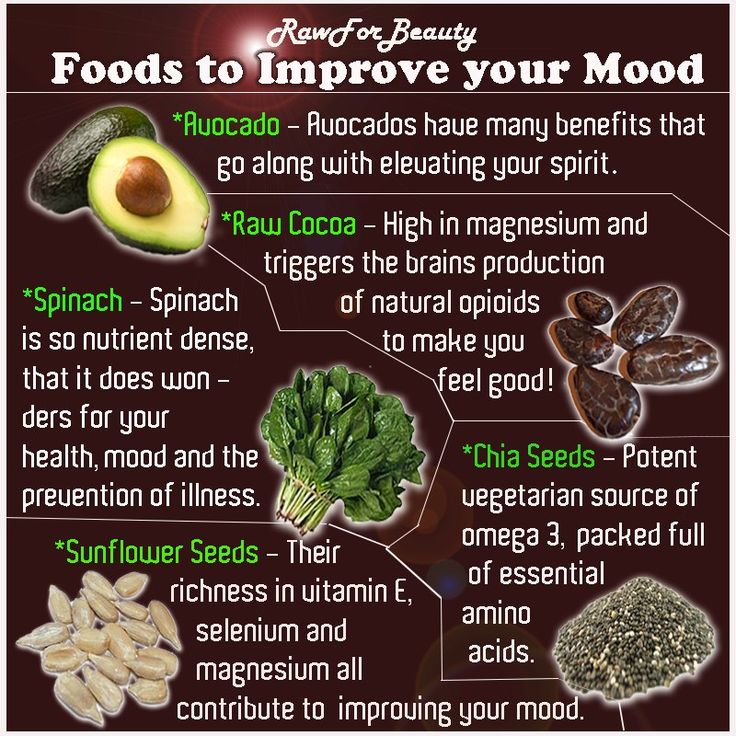 (MS, CCC-SLP). "The AEIOU Systematic Approach to Pediatric Feeding." October 2016. Education Resources, Inc. PowerPoint Presentation.
(MS, CCC-SLP). "The AEIOU Systematic Approach to Pediatric Feeding." October 2016. Education Resources, Inc. PowerPoint Presentation. - Organic facts. 12 Wonderful Benefits of Salmon. Retrieved from https://www.organicfacts.net/salmon.html
- Organic Facts. 19 Best Benefits of Avocados. Retrieved from https://www.organicfacts.net/health-benefits/fruit/health-benefits-of-avocado.html
- Organic Facts. 6 Impressive Benefits of Eggs. Retrieved from https://www.organicfacts.net/eggs.html
- Organic Facts. 15 Impressive Benefits of Spinach. Retrieved from https://www.organicfacts.net/health-benefits/vegetable/health-benefits-of-spinach.html
- Organic Facts. Top 20 Health Benefits of Blueberries. Retrieved from https://www.organicfacts.net/health-benefits/fruit/health-benefits-of-blueberries.html
- Organic Facts. 16 Surprising Benefits of Banana. Retrieved from https://www.organicfacts.net/health-benefits/fruit/banana.html
- Organic Facts.
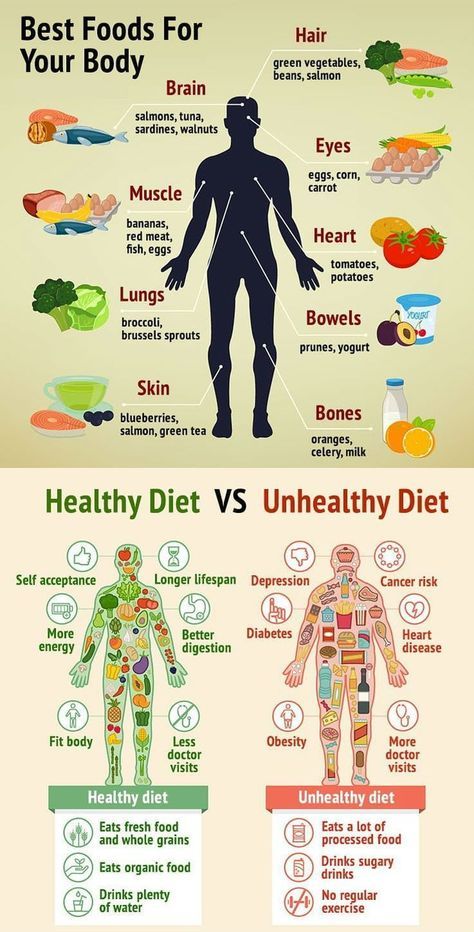 24 Incredible Benefits of Broccoli. Retrieved from https://www.organicfacts.net/health-benefits/vegetable/health-benefits-of-broccoli.html
24 Incredible Benefits of Broccoli. Retrieved from https://www.organicfacts.net/health-benefits/vegetable/health-benefits-of-broccoli.html - The Liver Files. Lynn Razaitis. July 29, 2005. The Weston A. Price Foundation. Retrieved from https://www.westonaprice.org/health-topics/food-features/the-liver-files/
- Organic Facts. 11 Impressive Benefits of Sweet Potatoes. Retreived from https://www.organicfacts.net/health-benefits/vegetable/health-benefits-of-sweet-potatoes.html
Ten healthy foods that must be in a child's diet • INMYROOM FOOD
Every mother takes care of her child, and this care is reflected in many things. For example, in the preparation of a competent and balanced diet.
It's no secret that a young body is in dire need of vitamins, minerals and other useful substances. This is a guarantee that your child will grow up big and healthy. Strong immunity and proper nutrition will help to resist the harmful effects of the environment, activate mental activity and, as a result, easily cope with school workloads.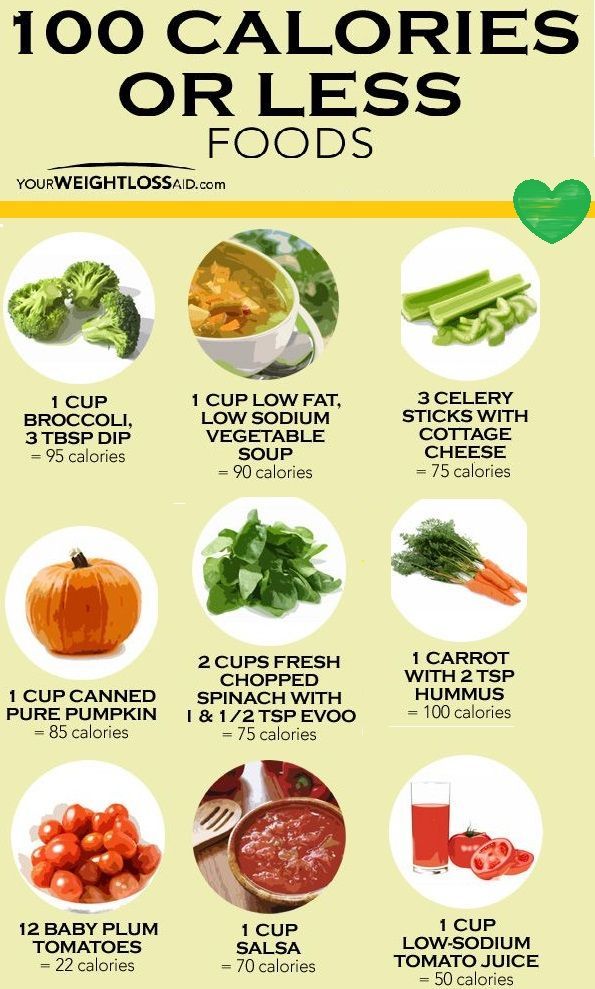 nine0003
nine0003
For loving mothers, we have compiled a list of 10 healthy foods that you should definitely include in your child's diet so that he grows up healthy and strong.
1. Nuts and nut butter
Products that are similar in value to nuts can be counted on the fingers of one hand. Nuts are a real storehouse of vitamins and minerals. They are especially rich in vitamin E, which increases the body's defenses and strengthens the immune system, as well as calcium and iron, which are very important for the body to grow strong and strong. nine0003
This product must be in the diet of every schoolchild. You should eat nuts and younger children. If your baby is already familiar with fruits, vegetables and cereals, then you can and even need to introduce nuts into the diet. The only question is in what form, because nuts are a fairly solid food.
An excellent solution is nut butter. It should be added in small amounts to cereals or purees. You can buy nut butter in the supermarket, but it is better to cook this product at home. Moreover, it is not so difficult. Pour the nuts in an even layer on a baking sheet and bake in an oven preheated to 180 degrees for 25 minutes. After that, grind the nuts in a blender until they acquire a paste-like consistency. This will happen in about 5-15 minutes - it all depends on the power of your blender. If desired, honey can be added to the paste. It should be stored for no more than 2 weeks in a closed form in the refrigerator. nine0003
Moreover, it is not so difficult. Pour the nuts in an even layer on a baking sheet and bake in an oven preheated to 180 degrees for 25 minutes. After that, grind the nuts in a blender until they acquire a paste-like consistency. This will happen in about 5-15 minutes - it all depends on the power of your blender. If desired, honey can be added to the paste. It should be stored for no more than 2 weeks in a closed form in the refrigerator. nine0003
2. Chicken eggs
Chicken eggs are very healthy for children. In their composition, you can find 12 vitamins that the body needs for normal life. These are, for example, vitamins A, D, E, group B. Eggs also contain minerals in large quantities: calcium, phosphorus, iodine, copper, iron, cobalt. There is a lot of fat in the egg yolk, but these are polyunsaturated fatty acids that only benefit the body.
Chicken egg is perfectly absorbed by the human body, so this product must be included in the diet. Eggs will be a great breakfast for your kids.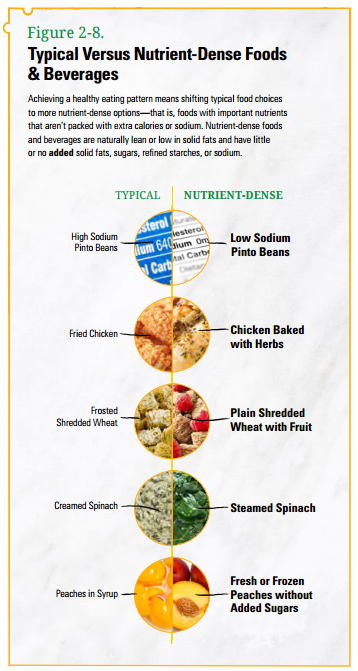 They charge the body with energy and vitality and provide a feeling of satiety for a long time. From them you can cook a large number of delicious dishes: scrambled eggs, scrambled eggs, egg pudding. nine0003
They charge the body with energy and vitality and provide a feeling of satiety for a long time. From them you can cook a large number of delicious dishes: scrambled eggs, scrambled eggs, egg pudding. nine0003
3. Butter
If you watch your figure and get scared at the mere mention of the word "fats", this does not mean at all that they are completely contraindicated for your child. It has been scientifically proven that under no circumstances should saturated fats and "correct" cholesterol be excluded from the diet of children under 2 years old - they play an important role in the development of the child's brain and nervous system. Give preference to organic oil and, in consultation with the pediatrician, introduce it into the diet, adding a small amount to baby food. Of course, we are talking about the moment when your child has already mastered one-component purees. nine0003
Our mothers and grandmothers were carriers of valuable information about butter on an intuitive level.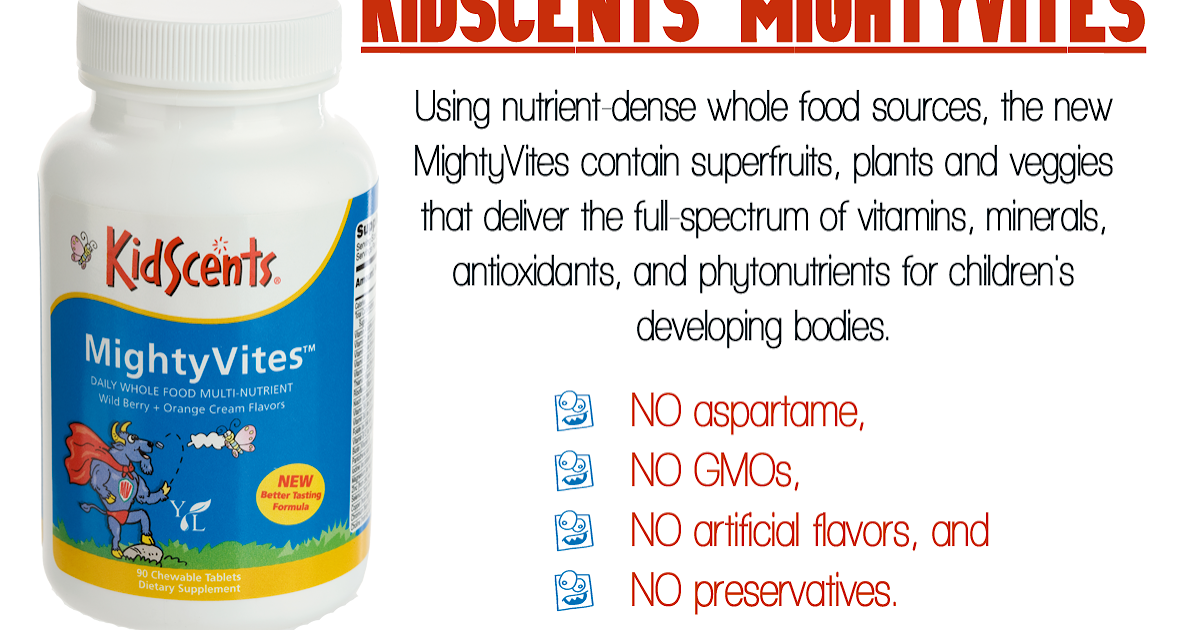 There is, perhaps, not a single schoolboy of past years who would not eat sandwiches with butter in the morning. And this makes sense. Fats help to maintain a feeling of satiety for a long time, it is better to absorb fat-soluble vitamins and make food tastier. The result is happy students and good grades.
There is, perhaps, not a single schoolboy of past years who would not eat sandwiches with butter in the morning. And this makes sense. Fats help to maintain a feeling of satiety for a long time, it is better to absorb fat-soluble vitamins and make food tastier. The result is happy students and good grades.
4. Beans and lentils
Legumes are an important source of vitamins. Particular attention in the preparation of a child's diet should be paid to beans and lentils. They contain many vitamins and minerals - iron, zinc, manganese - and other useful substances, such as folic acid. In terms of protein content, beans and lentils are very close to meat products. If you want to add variety to your diet while still maintaining its nutritional value, legumes are a good alternative. nine0003
To make beans and lentils easier and faster to cook, soak them in water overnight. In the morning, beans should be strained and boiled until soft. If you're cooking red lentils, you don't need to soak them, as they cook fairly quickly. Legumes can become both an independent side dish and an integral ingredient in various soups and vegetable stews.
Legumes can become both an independent side dish and an integral ingredient in various soups and vegetable stews.
5. Fish
Everyone knows about the beneficial properties of fish and its importance for a child. Fish is an important source of vitamins, minerals and other nutrients. nine0003
It contains omega-3 polyunsaturated fatty acids, which are responsible for cell growth, help strengthen bones and improve vision, play an important role in brain development and enhance mental activity, and increase the body's defenses. All these important properties make fish such a useful and indispensable product in the children's diet.
6. Herbs and spices
Childhood is not a reason to refuse herbs and spices. Add them to the meals you cook for your children. They will help make the dish tastier and more interesting, bring variety to the usual menu and saturate food with additional vitamins and minerals. Herbs are a valuable source of vitamin E and strengthen the immune system, while spices improve the functioning of the digestive system and have a positive effect on the overall tone of the body.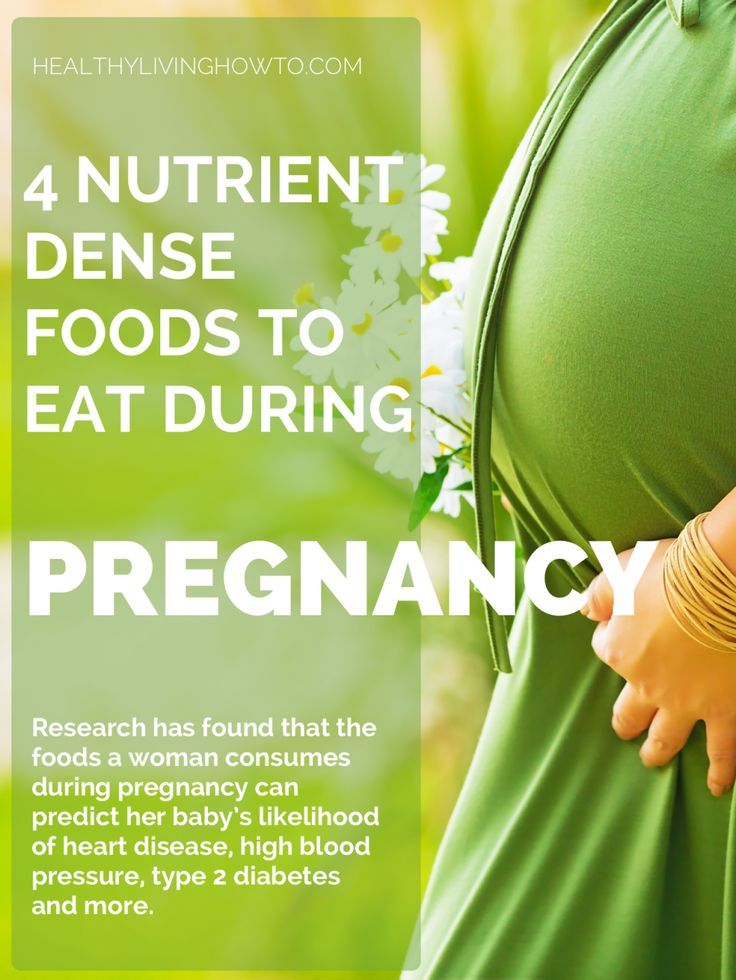 nine0003
nine0003
Popular and healthy combinations: fruit puree with cinnamon, cauliflower with nutmeg, meat sauce with cumin or oregano, vegetables or chicken with thyme, avocado with cilantro, fish with parsley and lemon.
7. Tofu
Tofu is basically soy milk curd. The process of making it is very similar to the process of making cheese. Therefore, sometimes tofu is referred to as cheese. Already from the definition it is clear that this product is very useful. It contains a large amount of iron, zinc and a lot of protein. This product has a high energy value. No wonder it forms the basis of vegetarian nutrition. All of the above facts make tofu a product that is ideal for children. nine0003
Tofu can be cooked in a variety of ways. Choose the one that will appeal to your child: bake, boil, fry. Tofu can become both an independent and very nutritious snack, and one of the ingredients in delicious desserts.
8. Wheat bread
A child is nowhere without bread. Choose for your child wheat bread or options with seeds and bran.
Choose for your child wheat bread or options with seeds and bran.
Some parents believe that eating a lot of bread is harmful for children, because this product contains gluten and this can lead to the development of celiac disease, a chronic disease of the intestines and digestive system. However, there are also studies that prove that completely eliminating bread from the diet of children is not advisable, because, on the contrary, it can increase the risk of developing this disease. Therefore, bread should be included in the child's diet, but in moderation, although in principle your child will not eat more than necessary. nine0003
Bread can also be replaced with whole grain breads and biscuits, as well as wheat flakes. The latter will be the perfect breakfast in the company of low-fat milk.
9. Natural yoghurt
Yogurt is not only delicious, but also healthy. All children are not indifferent to this product and gobble it up with great pleasure. And parents are only happy, because yogurt contains a large amount of vitamins, calcium, and other useful substances that help the child grow up healthy and smart. nine0003
nine0003
However, it is important to clarify here that yoghurts, which are in great abundance on the shelves of supermarkets, are not a very healthy product for your child. Jars of dyes and flavors contain too much sugar in their composition. Choose natural yoghurts for your child without additives. You can sweeten them with natural delicacies - for example, berries and fruits, honey, syrups.
10. Red meat
Iron and zinc, which are found in large quantities in red meat, are perfectly absorbed by the child's body. Red meat is a unique source of complete protein, which is essential for normal human growth and development. B vitamins strengthen the immune system, improve eyesight and have a positive effect on digestion. Preference should be given to beef - it contains the optimal combination of nutrients. Red meat also includes pork, lamb, horse meat, rabbit meat. nine0003
To make the vitamins and minerals contained in red meat even better absorbed by the baby's body, combine it with vegetables and fruits rich in vitamin C. For example, tomatoes, bell peppers, citrus fruits - tasty, nutritious and healthy.
For example, tomatoes, bell peppers, citrus fruits - tasty, nutritious and healthy.
Top 10 Nutrient Foods
Health
© brooke lark/unsplash
Author Uliana Smirnova
01 February 2019
There is a month left until the end of winter. Now our body begins to feel especially acute the lack of vitamins and nutrients. Pink has selected ten products to help counter seasonal beriberi. nine0003
© chiara conti/Unsplash
A nutritional profile as rich as spinach is rare. It has a lot of protein, iodine, iron, fiber, calcium and magnesium, as well as vitamins A, C and E. At the same time, 100 g of spinach contains only 23 kcal. The leaves of this plant remove toxins, strengthen the immune system, improve the functioning of the pancreas and intestines. Despite its bland taste, spinach is popular in cooking. It is added to soups, used as a side dish, the basis for salads and stuffing for pies. But spinach is stored for a short time - two to three days in the refrigerator.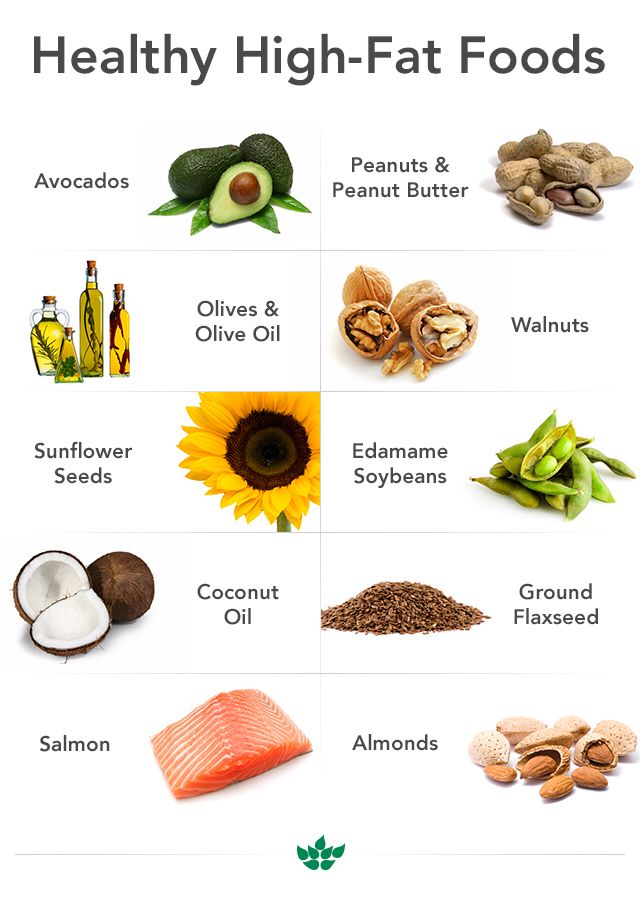 After cutting, the plant quickly loses its beneficial properties, so it is better to eat it immediately after purchase. When frozen, the shelf life of spinach increases to several months, and the amount of vitamins is preserved. nine0003
After cutting, the plant quickly loses its beneficial properties, so it is better to eat it immediately after purchase. When frozen, the shelf life of spinach increases to several months, and the amount of vitamins is preserved. nine0003
Advertising on RBC www.adv.rbc.ru
© Caroline Attwood/Unsplash
Salmon is one of the leaders in omega-3 and omega-6 essential fatty acids. If you include these fats in your diet more often, you can increase life expectancy. In addition, fish contains a lot of potassium, phosphorus, chromium, vitamins B, PP and D. When eating salmon, the condition of the skin and hair improves, blood sugar levels normalize, and the risk of developing Alzheimer's disease decreases. And thanks to the antioxidant astaxanthin, which is part of it, the aging process slows down. But you should not eat this fish all the time. According to recent research, farmed salmon sold in supermarkets is toxic. nine0003
© Eiliv-Sonas Aceron/Unsplash
Bananas are highly digestible, satisfy hunger for a long time and quickly restore energy reserves. Just two or three bananas make up for the daily requirement of potassium and magnesium. That is why they are good for the heart, brain and muscles. If you are used to stress-eating sweets, bananas can be an alternative. They calm the nervous system and normalize blood sugar levels. In addition, bananas contain tryptophan. This substance is broken down into serotonin, which elevates mood and causes a feeling of happiness. Another advantage of the fruit is hypoallergenicity. And yet, it is not worth abusing it because of the high sugar content. nine0003
Just two or three bananas make up for the daily requirement of potassium and magnesium. That is why they are good for the heart, brain and muscles. If you are used to stress-eating sweets, bananas can be an alternative. They calm the nervous system and normalize blood sugar levels. In addition, bananas contain tryptophan. This substance is broken down into serotonin, which elevates mood and causes a feeling of happiness. Another advantage of the fruit is hypoallergenicity. And yet, it is not worth abusing it because of the high sugar content. nine0003
© Kai Pilger/Unsplash
Peppers are superior in vitamin C to lemons and oranges. And most of all ascorbic acid is near the stalk. Just one large pepper covers the daily requirement of rare vitamin P, which is necessary to protect the heart and blood vessels. If you include this vegetable in your daily menu, you can normalize blood pressure, improve bowel function, reduce the risk of cancer and stroke. With dermatitis and anemia, bell pepper is no less useful.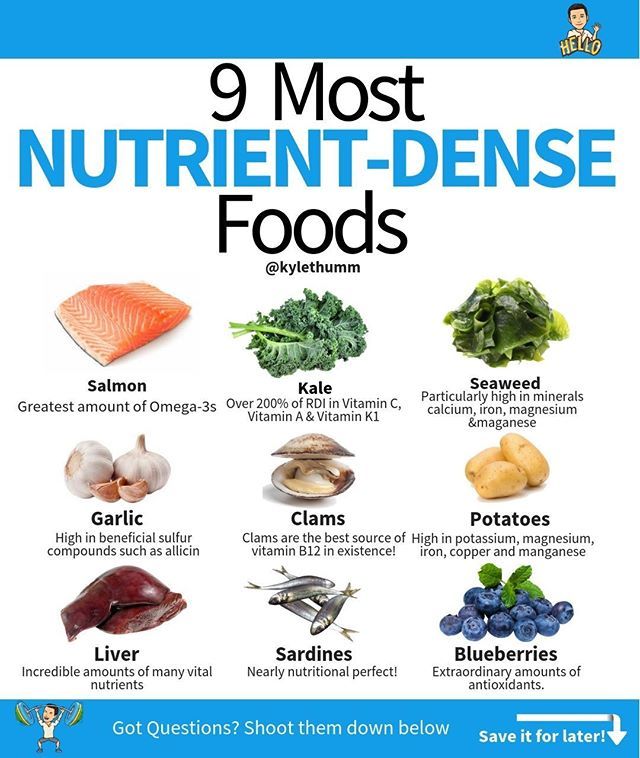 However, this product is not suitable for everyone and may irritate the stomach lining. When choosing a pepper, pay attention to the skin of the fruit. The less damage there is, the better the vitamins are preserved. Red fruits are considered the sweetest and healthiest, although the concentration of anti-inflammatory substances is much higher in green peppers. nine0003
However, this product is not suitable for everyone and may irritate the stomach lining. When choosing a pepper, pay attention to the skin of the fruit. The less damage there is, the better the vitamins are preserved. Red fruits are considered the sweetest and healthiest, although the concentration of anti-inflammatory substances is much higher in green peppers. nine0003
© Maddi Bazzocco/Unsplash
Nuts are a source of antioxidants, highly digestible protein and vitamins. They improve memory, reduce bad cholesterol and slow down the aging of the brain. In addition, they contain almost all the substances necessary for healthy skin and hair. To feel positive changes, try eating 20-30 grams of nuts daily. The most useful is considered the most affordable and popular representative of the nut family - the walnut. It contains vitamins C, B1, B2, PP, carotene, fiber, iron and cobalt salts. If you often feel low energy or stress, nuts will help restore vigor. But you should not heat them: during heat treatment, many of the beneficial properties of walnut grains are lost. nine0003
nine0003
© wesual click/unsplash
Natural yogurt holds the record for probiotic content. A glass of fermented milk product, drunk before bedtime, not only satisfies hunger, but also normalizes the functioning of the gastrointestinal tract. In addition, it is an additional source of calcium, which is necessary for healthy bones and teeth. When choosing yogurt, pay attention to the label. The longer the composition, the less useful it is. Ideally, natural yogurt should contain only two ingredients: milk and bacterial starter. It is not always possible to find such a product in supermarkets, but it can be replaced with thick kefir. It's a great alternative to less healthy foods like ice cream. At your discretion, you can add nuts, fruits or honey to the yogurt. nine0003
© Joanna Kosinska/Unsplash
Among other fruits and vegetables, blueberries rank first for their antioxidant properties. It reduces inflammation and slows down the aging process. Not surprisingly, it is often included in anti-aging cosmetics.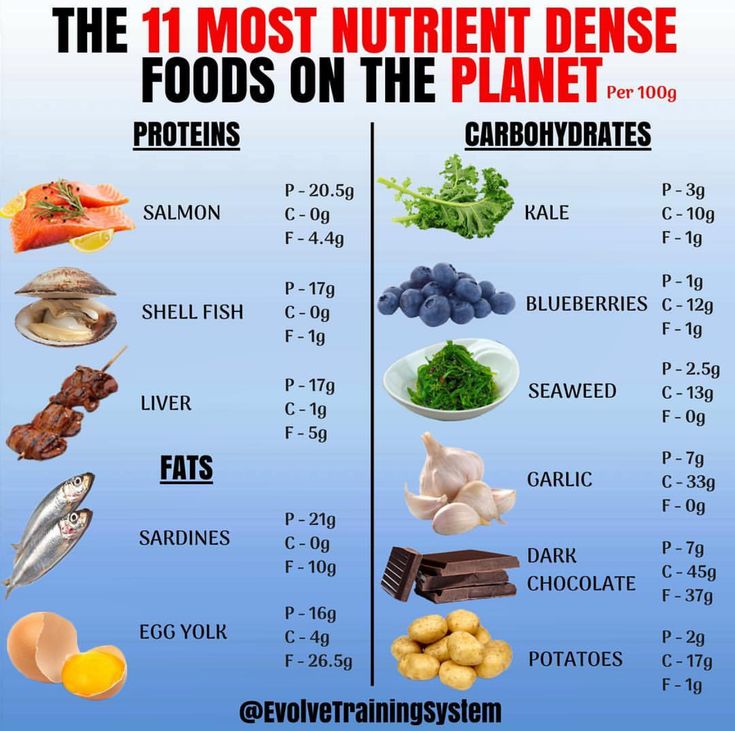 In addition to antioxidants, blueberries contain a lot of potassium, magnesium, vitamins K and C. Anthocyanins give the berry a beautiful blue-violet color. These substances improve memory, enhance learning ability and help prevent heart attacks. At the same time, wild-growing blueberries are not only more fragrant and sweeter, but also richer in composition. For those who play sports, the berry is doubly useful. It stabilizes the work of the heart and accelerates muscle recovery after physical exertion. But the ability of blueberries to improve night vision is just a myth. nine0003
In addition to antioxidants, blueberries contain a lot of potassium, magnesium, vitamins K and C. Anthocyanins give the berry a beautiful blue-violet color. These substances improve memory, enhance learning ability and help prevent heart attacks. At the same time, wild-growing blueberries are not only more fragrant and sweeter, but also richer in composition. For those who play sports, the berry is doubly useful. It stabilizes the work of the heart and accelerates muscle recovery after physical exertion. But the ability of blueberries to improve night vision is just a myth. nine0003
© Reinaldo Kevin/Unsplash
Broccoli contains the powerful antioxidant beta-carotene, plenty of ascorbic acid, and vitamin K, essential for bone health. It is also rich in calcium, iron, potassium, and phosphorus. All this makes broccoli one of the most balanced foods. This nutritious vegetable reduces inflammation and keeps your eyes healthy. A high fiber content helps to normalize digestion. When buying broccoli, look for firm, bright green florets. To keep all the benefits of vegetables, try steaming them or roasting them in the oven. Once cooked, broccoli should remain crispy. nine0003
To keep all the benefits of vegetables, try steaming them or roasting them in the oven. Once cooked, broccoli should remain crispy. nine0003
© Geo Darwin/Unsplash
Tomatoes are rich in nutrients. Among them are fiber, pectin, carotene, vitamins C and E, all B vitamins, folic acid. Thanks to this, they help maintain immunity and quickly restore strength, strengthen memory, improve the condition of the skin and hair. And the anti-cancer properties of tomatoes are confirmed by many scientific studies. The appearance of cancer cells is prevented by the natural antioxidant lycopene. It also gives the fruits their characteristic red color. Interestingly, under the influence of temperature, the concentration of lycopene does not decrease, but almost doubles. At the same time, tomatoes are a rather aggressive product. They can cause inflammation and allergies. Doctors advise abandoning tomatoes for cholelithiasis, acute gastritis, hypertension and joint problems. nine0003
© kelly sikkema/unsplash
Avocados are considered a vegetable in some countries and a nut in others.